Yesterday, the first issue of the new ETH Investors Club (EIC) magazine went live digitally, with physical copies redeemable via NFTs on the way.
The EIC effort is focused on spotlighting Ethereum’s current landscape through high-quality essays, and I’m honored that my piece, The Infinite Story Machine, was featured in the inaugural “Culture Corner” section.

In this essay, I lay out my overarching view of Ethereum as a novel kind of cultural engine for storymaking.
This concept largely informs how I approach the NFT landscape, so for today’s post I wanted to share this piece with you here in case it can help anyone else expand how they philosophically approach Ethereum and NFTs!
-WMP
The Infinite Story Machine

Storytelling is fundamental to human culture.
Stories are how we pass down our beliefs and values. They’re how we teach lessons and form communities, how we express our desires and entertain ourselves.
I have another more expansive conception of the word stories, though. It might be more accurately called “storymaking,” which I see as the universal becoming of things into reality and then into history, on and on.
I think it’s useful to consider Ethereum as a novel type of medium for both these senses of stories. This framing offers a new complement to traditional methods of valuing the network.
Of course, Ethereum has its own history, which Camila Russo did an amazing job chronicling the early days of in her book The Infinite Machine. I really love that title. And when I think about Ethereum philosophically today, my slight remix would be: Ethereum is an Infinite Story Machine.
This metaphor operates on multiple levels.
Firstly, Ethereum, fundamentally a ledger technology, is increasingly becoming like a new giant Book of Everything. The passing of its blocks are the filling and turning of its pages. Who did what and when. It’s like Borges’s Library of Babel begun in the real world.

The network’s far from encompassing all things yet, and navigating its early happenings can be labyrinthine, but no book’s organized instantly. And DeFi and NFT pioneers have already pointed toward a future where going onchain becomes much more common, so many more pages are certainly coming.
Furthermore, consider how Ethereum has become an open foundation for supporting external story machines—think L2 scaling solutions like Arbitrum and Optimism, which can in turn support their own L3 rollups, so on and so forth—while also being home to an ever-growing number of little story machines, i.e. app smart contracts.
For example, at the app layer one of my favorite projects is Zora. Zora has previously nicknamed its NFT creator suite, which is underpinned by Ethereum contracts, the Magic Machine. Beyond it’s technical architecture, it’s become a creative nexus of imagination and desire; put your art or memes or music or videos or writings in, i.e. your personal stories, to record and offer them up for ETH and for posterity.
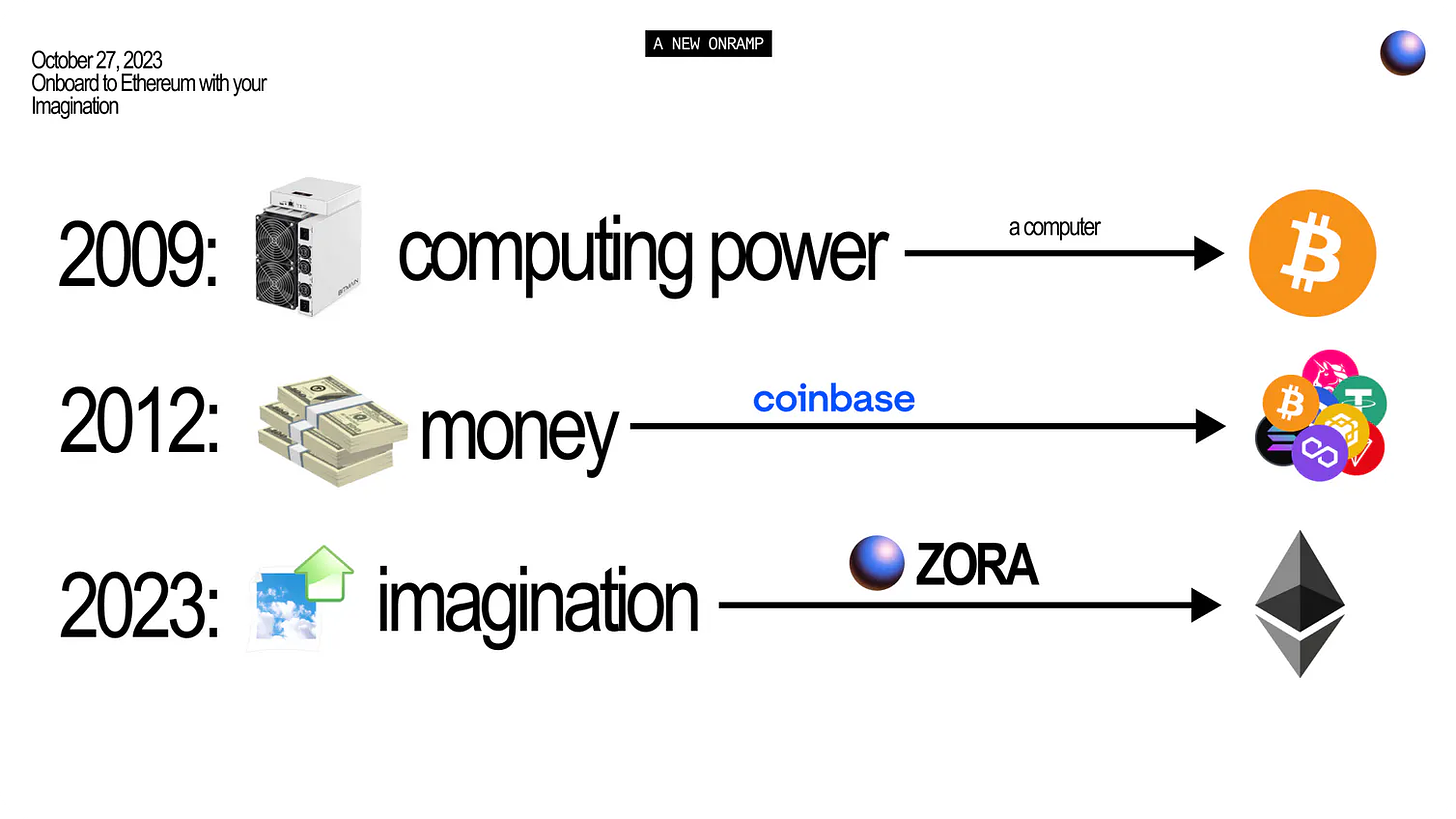
In fact, Zora is also a hyperstructure, a crypto protocol that “can run for free and forever, without maintenance,” making it a great example of what I called a little story machine earlier. Its smart contracts will continue facilitating stories and storymaking atop Ethereum indefinitely, always having the potential for energies and dreams to flow through it and out of it in basically all directions.
Here, I’ll clarify that a set of contracts doesn’t have to be directly linked to creative efforts or NFT projects to be involved with storymaking. The ongoing facilitation and recording of DeFi protocol transactions and things like DeFi DAO votes are 100% storymaking, too, in that philosophical sense. It’s happenings made into history, on and on, onchain. Zora’s just a potent example since people directly use its smart contracts to create and share new cultural assets, i.e. stories.

All that said, Ethereum as the Infinite Story Machine with its ceaselessly churning landscape of smart contracts is ripe for fostering hypercultures, which LGHT has defined as a “crypto culture that can grow freely and forever [...] once it has entered the collective mind.” LGHT’s also asserted that “every creative entity that can put it’s context onchain has the opportunity to birth a hyperculture,” which I 100% agree with.
Think about it: Ethereum metaphorically provides the pages that bind protocols like Zora together, Zora then helps birth hypercultures, and then hypercultures birth more content and protocols, for example Nouns Builder, and this eventually leads to more new cultures and more new content and new protocols, ‘round and ‘round. A single creative act on the right smart contract can ripple out very far—that’s the cultural power of the Infinite Story Machine.
Zooming back out some to the level of people and groups, I’ll also note that Ethereum has literally become a hub for novel storytelling experiments, ranging from art to games and everything in between. Some have already come and gone, like the Cellarius worldbuilding project, or Chainspace, which was originally envisioned as a “cinematic wrapper” for the Ethereum ecosystem.
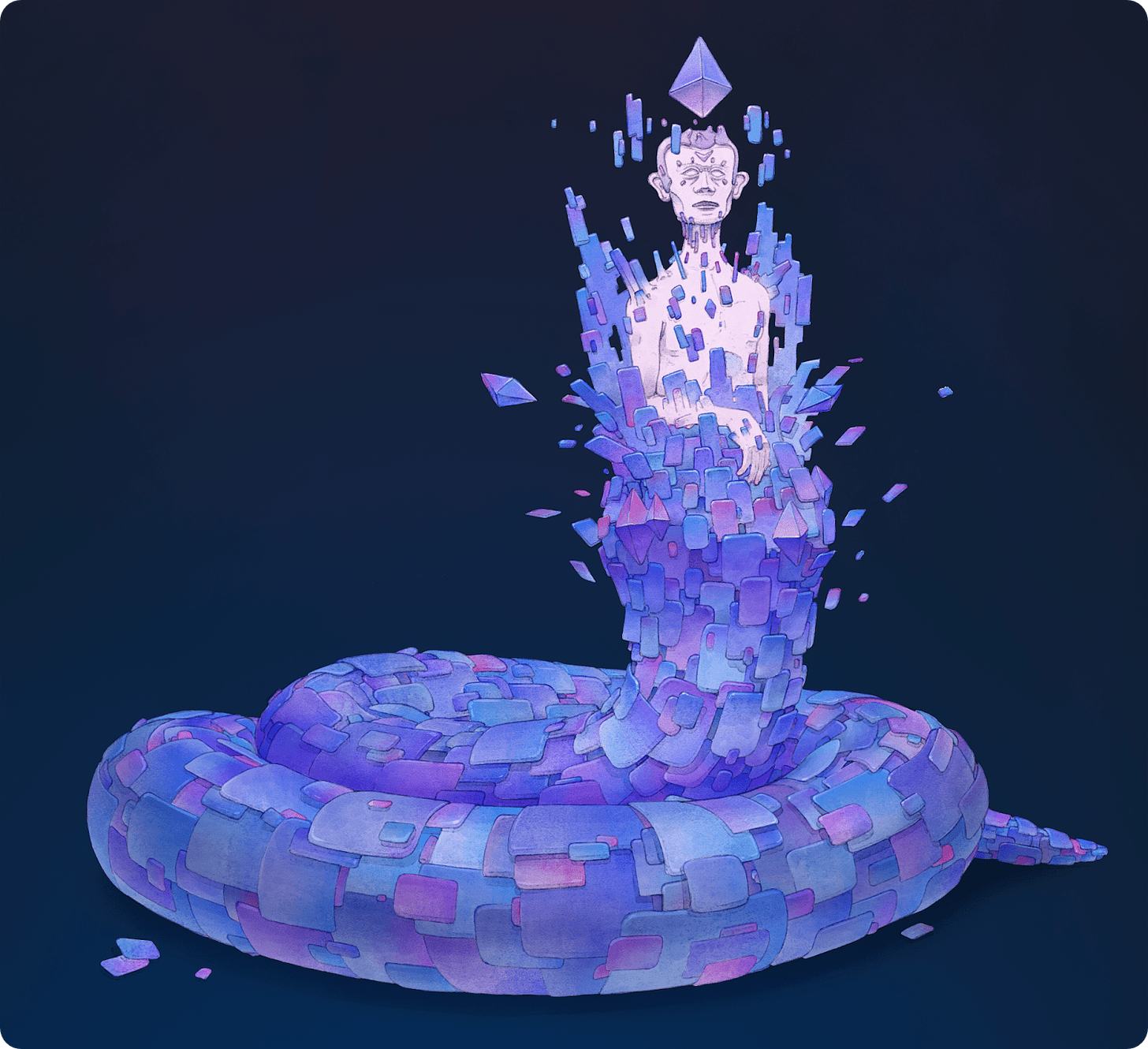
Yet some of these storytelling experiments are alive and well and poised to be around for a long time. I’m reminded here of the mesmerizing onchain virtual world sculpture Terraforms, which is an example of runtime art. This means the world itself is generated entirely at the level of its code + the Ethereum Virtual Machine (EVM), and so it will live for as long as Ethereum lives.
That art is interactive, as its code beckons collectors to participate in the world’s story. They have the ability to shift their parcel NFTs into “Daydreaming” mode, which can slow or altogether stop the project’s hardcoded obliteration. As Terraforms specialist Astrostl has previously explained:
“The smart contract code is set to begin a decay and eventual destruction of the castle unless ‘enough’ parcels are Daydreaming [...] Each Daydreamer forestalls this event by 10 years. If or when there are 500 dreamers, the collapse is forever prevented. Yay! At the time of this writing there are already 481, so this is delayed by 4,810 years and only needs 19 more to be safe for as long as the Ethereum blockchain exists.”
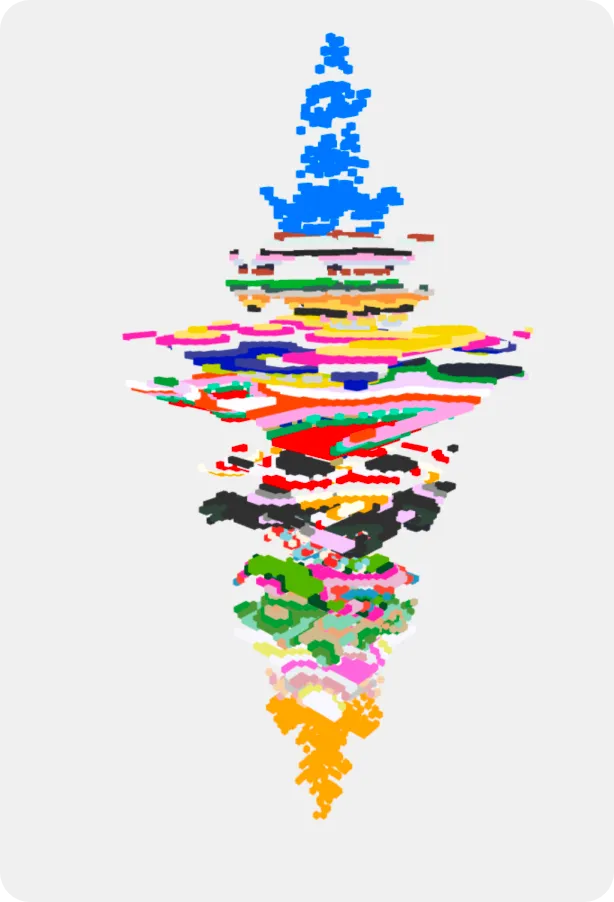
Another great but very different example would be Nouns DAO, which is creating a CC0 brand from the ground up. They’re forging their brand’s story by funding and deploying other stories, e.g. art, books, games, music, videos, etc. and they use Ethereum as their base of operations.
The Nouns are arguably the foremost collective storytelling experiment on Ethereum today, not to mention how their open, CC0 style has led to countless aesthetic and technical spinoff experiments at this point. The storytellers beget new stories, and those new stories beget new storytellers, and those new storytellers beget new stories, onward and outward evermore.

And with the world always evolving around us, the ways that Ethereum facilitates stories will evolve, too. As more people onboard to metaverse spaces in the decades ahead, Ethereum will underpin much of the associated cultural and economic activities therein. As AI agents become more commonplace, more onchain storymaking will come via virtual agents interacting with smart contracts, other AI, and humans. And validity proofs and coprocessors will likely see 1,000s of chains bloom atop Ethereum over time, the becoming of an ultimate machine of story machines.
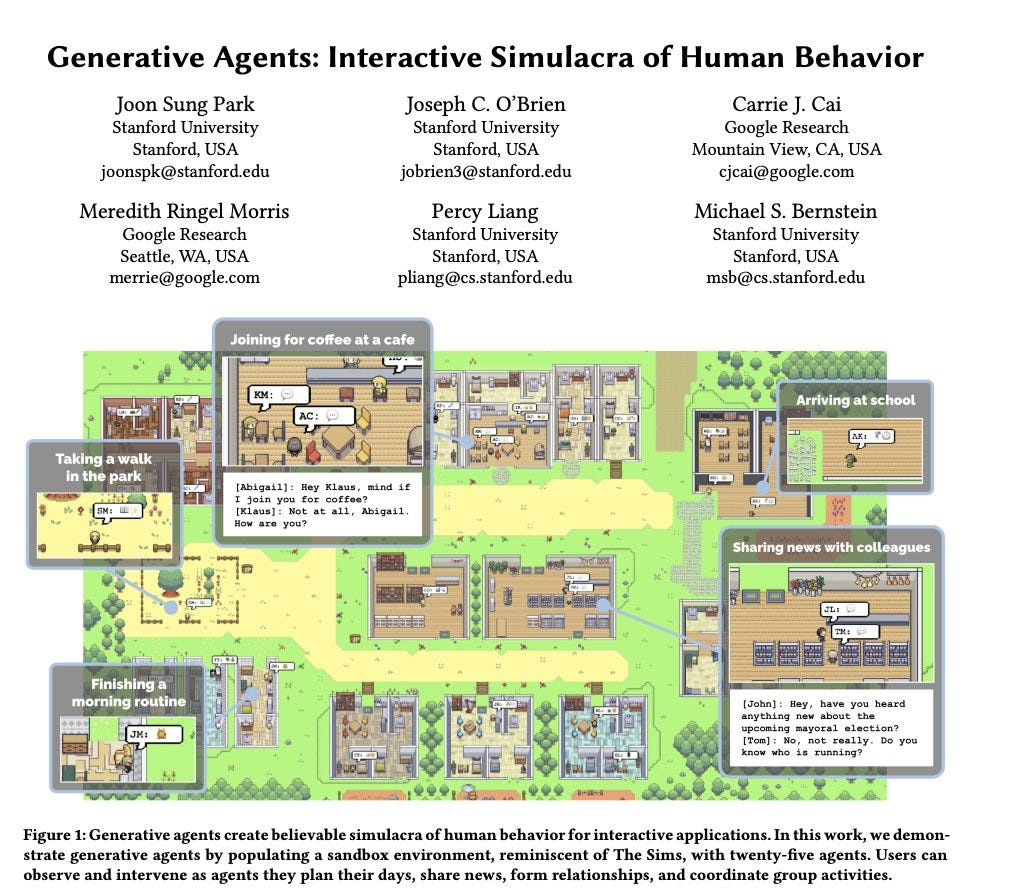
Why is this conception of Ethereum as a new technological medium for stories and collective storymaking worthwhile, then? Because it hones in on and takes into account Ethereum’s immense creative, qi-like power in a way that other traditional framings—think “Ethereum as an alternative financial layer” or “Ethereum as a new internet of value”—haven’t.
Additionally, this understanding leads to two new ways to see Ethereum as valuable, one economic in nature and the other political. With regard to the former, stories and storymaking are like oxygen to people. We’re all weaving our own stories constantly or watching others do the same. This is a fundamental aspect of the human experience.
That said, recall the old sales axiom, “sell aspirin, not vitamins,” as people always need aspirin but only periodically buy vitamins. Ethereum’s aspirin, then, is storymaking. Its blockspace sells because of the need for storymaking, which is basically all-encompassing and will never go away as long as humans exist. We do, and we’re going to do more and more onchain. So ETH can gain in value if Ethereum can continue to widen as a gravity well of storymaking in the world. In my opinion, that blackhole’s already been opened.
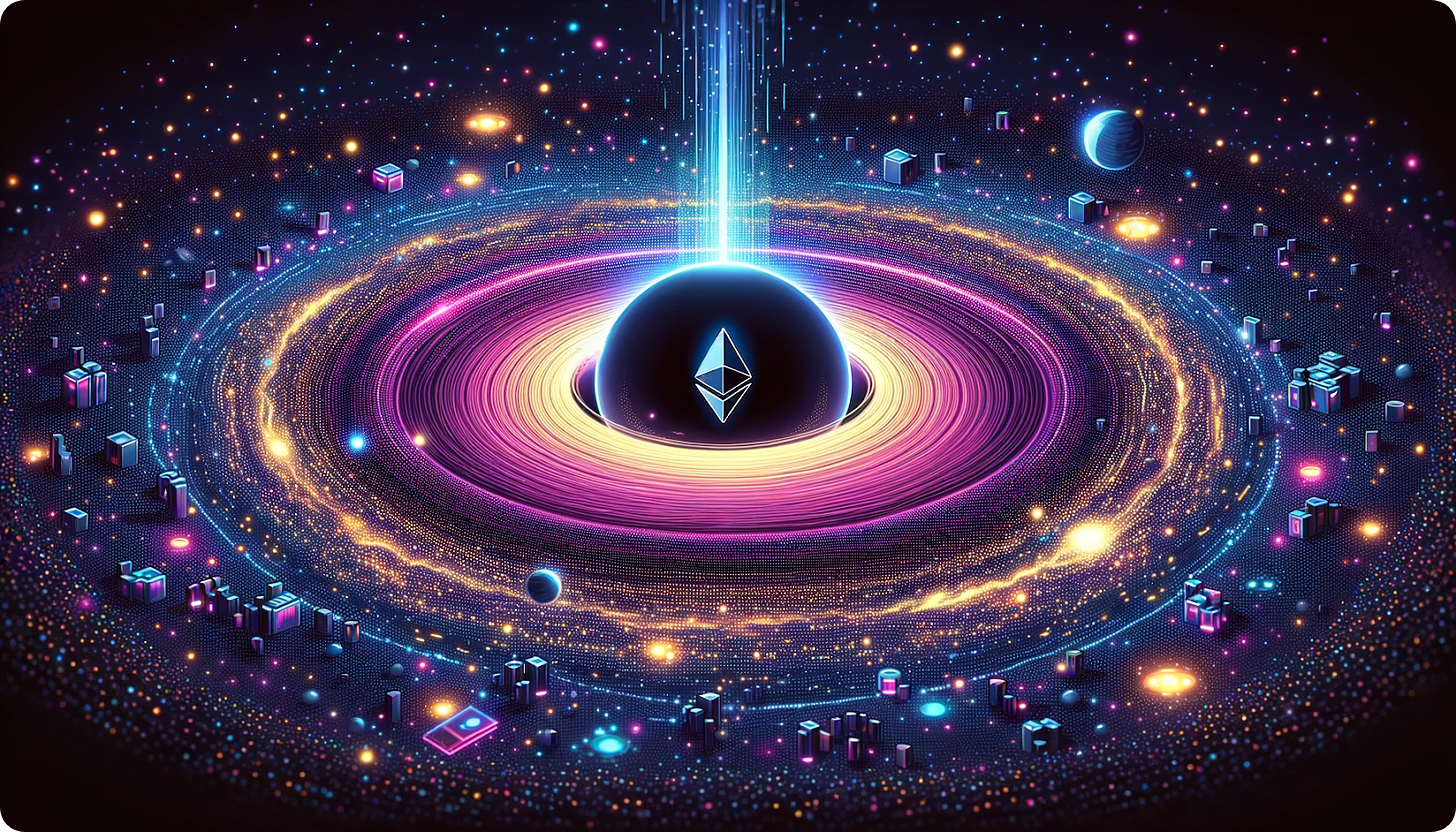
As for the political dimension, consider how traditional institutions—from cable TV to the U.S. Treasury Department—colonize our desires, they colonize the ways we can experience stories. In other words, they constantly hail us into their status quos and call on us to experience the world on their terms.
Fair enough, but Ethereum in contrast is neutral, opt-in, and like a giant “choose your own adventure” computer, constantly churning, constantly open. It’s a Shakespearean foil to domineering institutions.
As such, Ethereum as an Infinite Story Machine is fundamentally a liberational technology. It offers us flights of escape from top-down, heavily-managed mainstream storymaking to bottom-up, liberated storymaking, whether personal or collective. It’s a juke out of the constant interpellation by corporate and state actors, which are fine in many cases but nightmarish in the worst, into new territories of freedom.
And here on the other side, here in open Ethereum, things are more untamed and experimental and remixable. As ClubNFT’s Artnome recently put it, “When you allow everyone to [create] whenever they like and as frequently as they like, without curation or censorship, you encounter all kinds of fascinating and unpredictable art.”
Accordingly, unpredictable media leads to multiplicitous cultures, and multiplicitous cultures lead to more storymaking proliferating out atop Ethereum in all directions, and on and on and on the new Book of Everything expands along.
In this way, yes, I see Ethereum as an Infinite Story Machine, and I see this machine as like a rising rhizomatic structure, akin to the roots it metaphorically resembles. Each of its points of connection have the potential to branch off and proliferate into new directions. Instead of a centralized hierarchy, it instead presents a vast, interconnected web of narratives that grow organically and intertwine. Each transaction, each smart contract is a node in this sprawling structure, ceaselessly leading to new collaborations and unexpected offshoots.

Here we become nomads, wandering the living machine, living our lives. Another major wrinkle of intrigue here is the ownership potential—what Chris Dixon calls the new Read Write Own paradigm—for us nomads along these infinite pathways of storymaking and interaction. Everything from collecting an Art Blocks NFT to aping into the GROK memecoin occurs along these ways, and while there may be onchain dangers here and there, the machine offers us that awesome freedom to try.
In the meta sense, this movement to build out something different in Ethereum, this kind of technology as a story of stories, is something I find noble. It’s the good fight, and advances the interests of people everywhere. And this conceptual framing helps me better see Ethereum for what it is, a titanic, productive engine of financial and cultural creation.
Ultimately, then, Ethereum will be a success so long as many people are storymaking on it. Like with Terraforms, a minimum number of folks dreaming here will prevent Ethereum’s collapse forever. Beyond that, I believe the ceiling is infinity.
Today’s action steps
-
✨ Check out the full EIC01 issue: Read for free
-
🔰 Grab a copy: Mint to redeem a physical issue later
